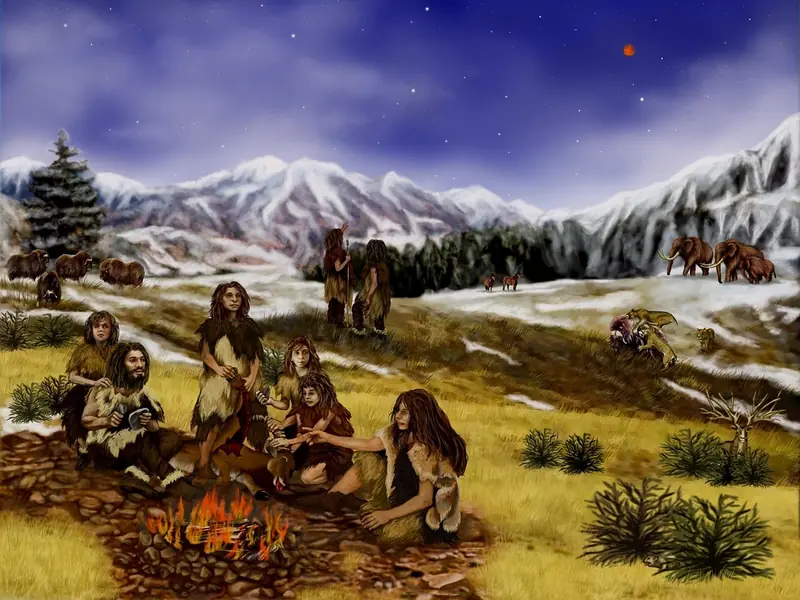
A new study by archaeologists from the Hebrew University of Jerusalem has revealed that Neanderthals employed various cooking methods.
Analysis of animal bones from two caves in northern Israel showed that different groups of prehistoric humans, living around the same time, processed meat in distinct ways.
“Within the Neanderthal population, there were several separate groups practicing different food processing techniques,” said Anael Jallon, the lead author of the study.
What Did the Scientists Discover?
Jallon’s team examined cut marks on 249 bone fragments dating back 70,000 to 50,000 years from the Amud Cave and 95 bone fragments from the Kebara Cave, dating from 60,000 to 50,000 years ago. These caves are located about 70 kilometers apart, and Neanderthals primarily inhabited them during the winter. It is known that the inhabitants of both caves used similar stone tools, The Guardian reported.
The analysis of bone fragments discovered in the 1990s indicated that charred and fragmented samples were more frequently found in the Amud Cave, and both groups had a similar diet that included meat from animals such as mountain gazelles and deer.
Archaeologists found bones of large animals, such as aurochs, more often in the Kebara Cave. However, Jallon noted that it might have been easier to identify samples from Kebara, and Neanderthals from Amud could have processed such animals elsewhere.
The researchers conducted a detailed analysis of cut marks on 43 bone samples from the Amud Cave and 34 from the Kebara Cave, uncovering several differences between them.
“Even when comparing just the long bones of gazelles, we found a higher density of cuts on the Amud samples, a greater number of intersecting cuts, fewer straight lines, and more curved ones,” Jallon explained.
The team proposed several hypotheses to explain these differences in the markings on the bones. It is possible that the varying methods of processing carcasses were influenced by the number of people involved in these activities. Additionally, the cave dwellers might have processed the meat at different stages of decomposition. Ultimately, the different methods of preparation and cooking could have depended on their dietary preferences.
Dr. Matt Pope from University College London, who was not involved in the study, remarked, “Future research will provide alternative explanations for these differences, but the study in its current form is a compelling reminder that there is no monolithic Neanderthal culture.” According to him, their population consisted of several groups living close to one another, but their lifestyles could have varied in certain aspects.
The results of the study were published in the journal Frontiers in Environmental Archaeology.
